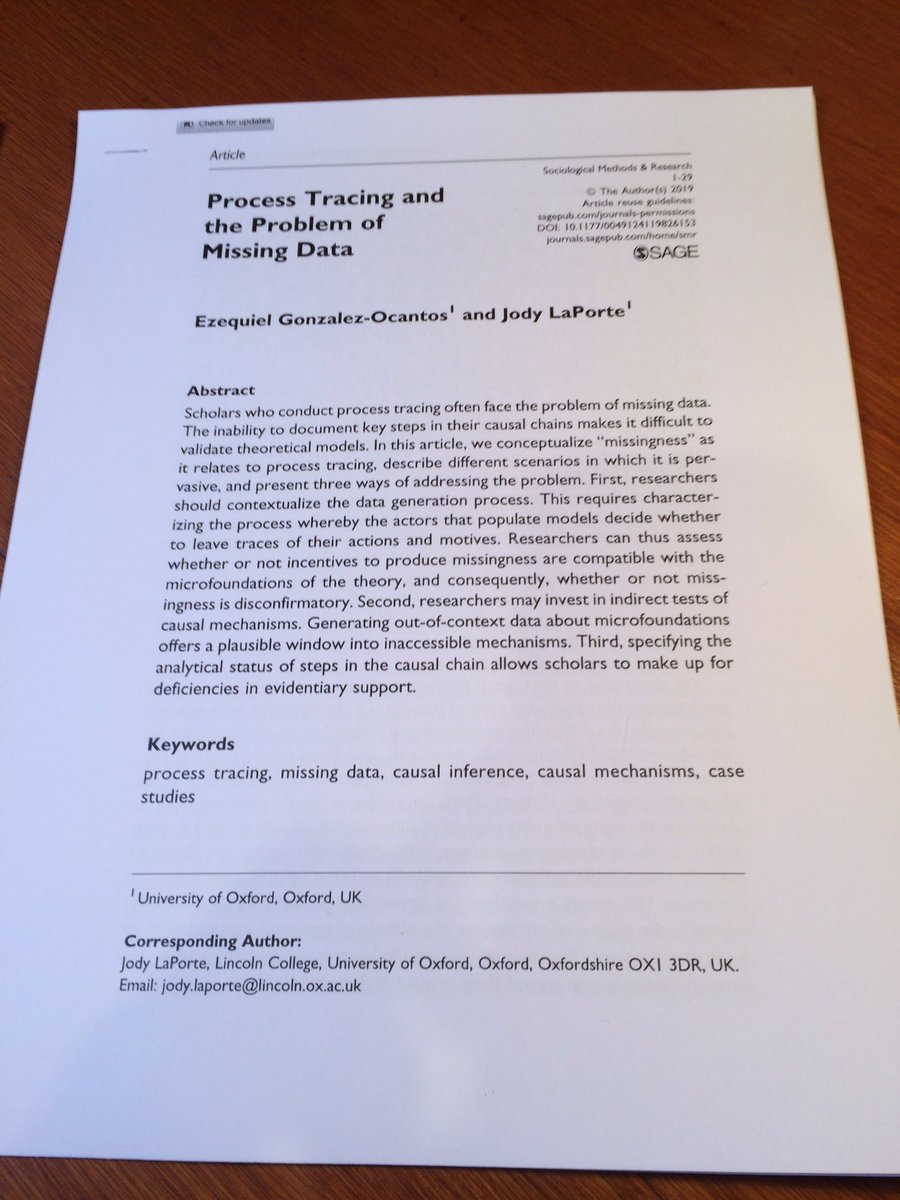
I understand the reason why students (and faculty!) ask me how long does it take me to read and engage deeply with the materials I read. Generally speaking I'm a very, very, very fast reader. But when I really need to absorb the material in great depth, I am relatively slow.
I wrote this blog post raulpacheco.org/2020/12/how-to… with that question in mind.
My own students ask me "how long should it take me to prepare for your course?" -- I believe this question comes from the notion of credit-hours: to prepare for a 4 credits class, you should, in theory,
My own students ask me "how long should it take me to prepare for your course?" -- I believe this question comes from the notion of credit-hours: to prepare for a 4 credits class, you should, in theory,
... devote one hour of preparation per class hour.
When I taught math (differential and integral calculus, multiple variables calculus and differential equations), I always told my students they had to study for 3 hours per hour of class. Not that I thought it was a great idea.
When I taught math (differential and integral calculus, multiple variables calculus and differential equations), I always told my students they had to study for 3 hours per hour of class. Not that I thought it was a great idea.
But I just carried on from when I took calculus myself, and from when I took Quantitative Methods during my PhD. I was young and naive.
I think that it is really, really hard to tell how long it will take me as a professor/educator to prepare a class, and same for a student.
I think that it is really, really hard to tell how long it will take me as a professor/educator to prepare a class, and same for a student.
We all read at different speeds, we absorb, memorize, comprehend material at varying velocities, and in the case of practical (computational, quantitative, or qualitative) skills, it takes even longer. That's also what has driven me to DRASTICALLY REDUCE my courses' reading load
In my experience (YMMV) students engage better with fewer readings raulpacheco.org/2020/10/teachi… this may also be partly because they can allocate their time in a way that is efficient, where they devote 2 hours to reading one article, but it's REALLY in depth, rather than quick skim.
• • •
Missing some Tweet in this thread? You can try to
force a refresh
















